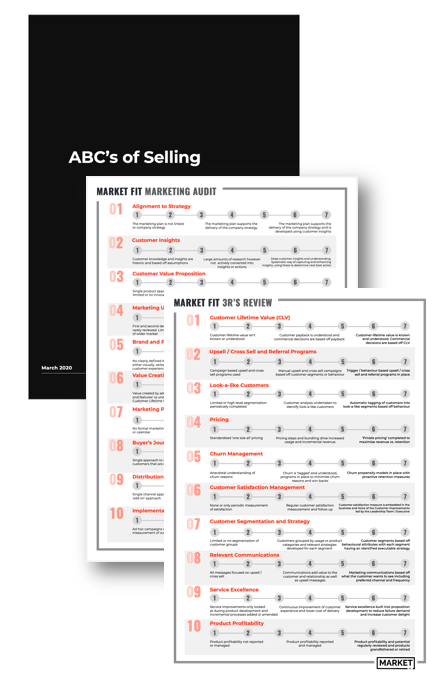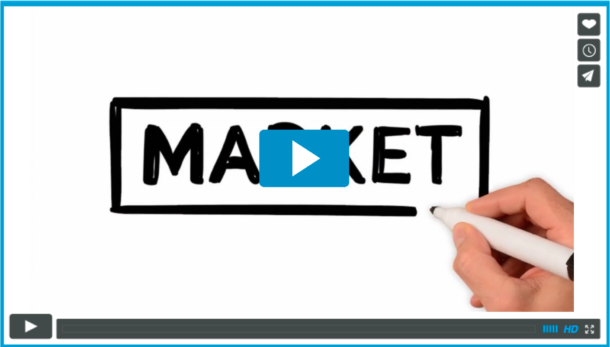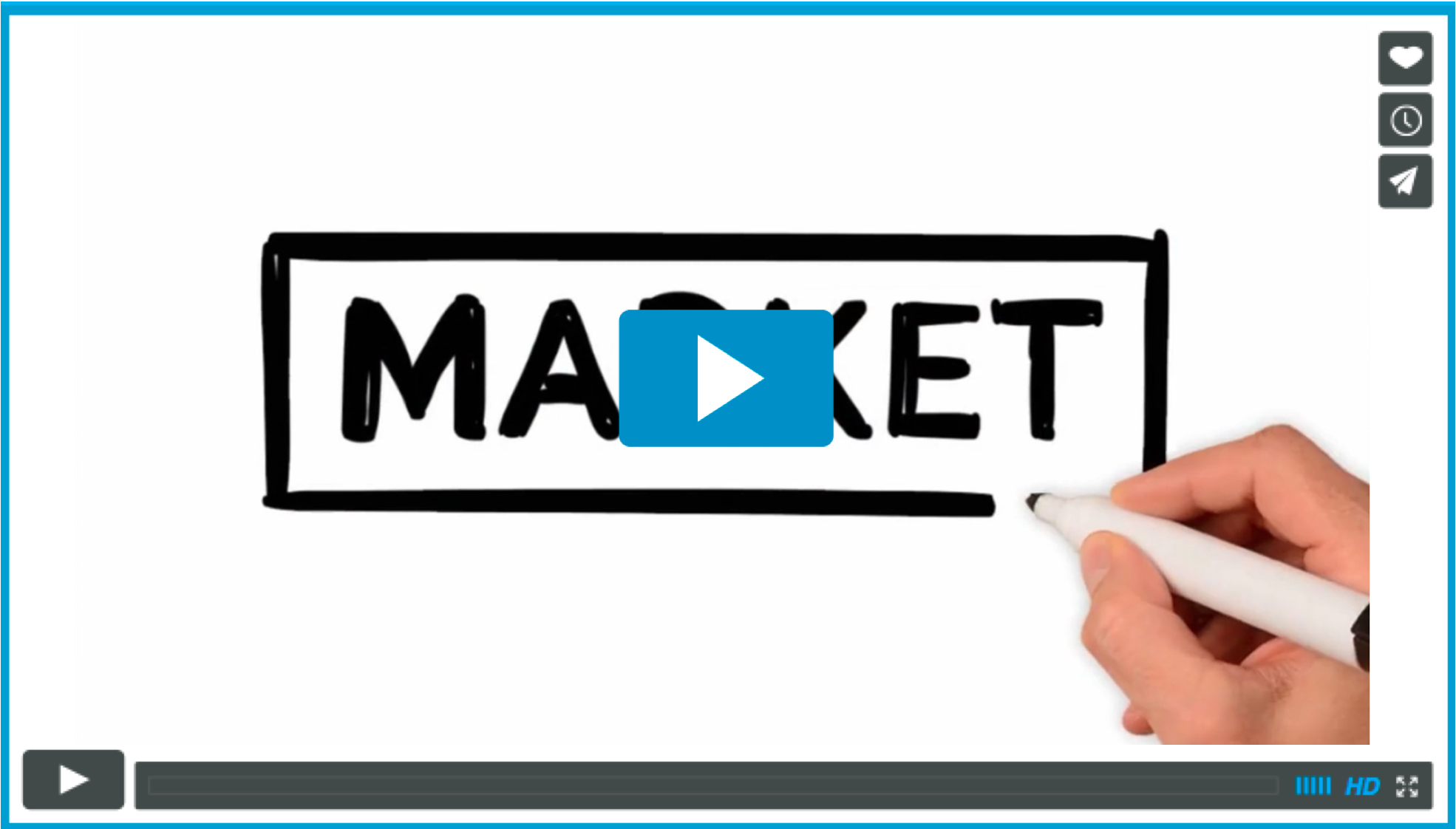Apologies for last week’s blog – it was a bit of an anomaly. It was out of sequence because I was so excited about the success of the start-up breakfast team that I had to share it with you. I hope you didn’t mind the slight interruption to the bundling and unbundling theme.
This, of course, means we’re back to the serious business of pricing for the third part of this little series.
A couple of weeks ago we unpacked the Big Mac Combo, one delicious golden McFry at a time. You will recall that the conclusion was that bundling your services can increase your revenue, margin and customer value perception.
Why then in 2010 and again in 2012 did Air NZ turn that on its head and pull apart a well-established market practice of bundling flights? The new ‘seats that suit’ pricing had differential pricing for seat only, seat plus bag, the works and works deluxe.
As always when looking at these moves you need to understand the context and environment that they were made. In 2010 Air NZ’s key competitor and low-cost operator JetStar was aggressively expanding its fleet and network including flights to Queenstown, Cairns and Melbourne, and was winning the battle of price perception.
Why unpack the bundle, well the short answer is:
Competition, travellers weren’t seeing the value of the bundle or the items that were included resulting in a drop in competitive positioning for Air NZ.
The slightly longer answer is:
- With Jetstar’s aggressive and expanding competition Air NZ believed that they could gain price perception in the market by offering and advertising a lower headline rate for the seat only, giving like for like price comparison with their competitor. This would also have of benefit allowing customers to self-segment themselves with the price fighters selecting seat only and the premium customers selecting the works or works deluxe.
The strategic marketing rational was to:
- Offer lower headline prices and once the customer is in the shopping cart and committed to the service upsell them to additional services.
- Convert previously free services to new revenue streams. Air NZ did this in 2012 with the introduction of a fee for preselecting a seat. This was previously a free service. After a year of the new pricing system, either by accident or design, customers were conditioned to buy on the headline and then purchase additional services. (“ and it is only another $5” ) – smart…
- Sell items that have a (very) low marginal cost for a profit i.e. entertainment
- Operationally there are some pluses and minuses associated with this deal. On the plus side Air NZ knows exactly how many people are going to need baggage (which impacts on weight and fuel) and meals and this will save some cost. On the minus side, it does add some complexity, as it needs to distinguish the customer i.e. who gets meal service and who doesn’t.
The above points are the functional benefits to Air NZ and the customer and as I may have mentioned once or twice in the earlier posts pricing has a certain element of psychology to it and this is no different.
There are two psychological components to this
- Firstly, just like the up sell with the Big Mac Combo, Air NZ knows that the second sale is always easier than the first. Sell the customer the flight and then it is easy to sell them other components: a meal, a bag (and it is only $5 more to get the seat you want) – all upside and all margin
- Secondly, from the customers’ point of view, they have the feeling of being in control, only paying for what they truly need and not paying for things they don’t want.
All this leads me to believe the MacDonald’s combo and Air NZ’s seat to suit pricing are two sides of the same coin. Let’s test this by looking at the key takeaways from the Big Mac combo and how they apply
- You will get some cannibalisation – ensure that the volume of upside in selling a bigger basket size offsets this.
- In Air NZ’s case, there will be some customers that trade down – this needs to be offset by the full paying (seat, bag, meal) full paying customers.
- The key question to ask is ‘does the margin I make from customers trading up offset the loss for those full price customers that now pay the bundle price’.
- Air NZ should still be asking the reverse of this question ‘do the extra customers I will win on the seat only and upsell from other customers offset the loss from moving away from a fully bundled fare’.
- Anchor the price on the most popular item or first purchase (Big Mac).
- Just like the Big Mac the flight is the key cost, and the item customers will anchor and compare and make their purchase decision against it.
- You make money by including high-cost items that have a low marginal cost (Fries and Coke)
- The low marginal cost items Air NZ is selling are entertainment (movies) and seat selection. These provide great upsell and high margin.
- Get the customer to trade up by giving, even more, value away on the larger size items (supersize on the high margin products)
- This is the exact strategy with the Works Deluxe and pre-booking your seat. There is a very easy path to trading up.
- Make sure the customer knows the value of the components and the bundle. If they can’t put a value on it, they can’t determine how much you are giving them. With McDonald’s, all the items can be purchased individually.
- This is one of the reasons Air NZ unpacked the components: to create the perception of value.
- Make sure the customer knows what they are getting in their bundle – don’t overcomplicate the options. Keep it simple.
- Exactly…
So with bundling or unpacking, the key parts remain the same
- Make sure the customer knows the value of all the constituent parts
- Let the customer know the total value
- Anchor
- Create upsell opportunities
KS





